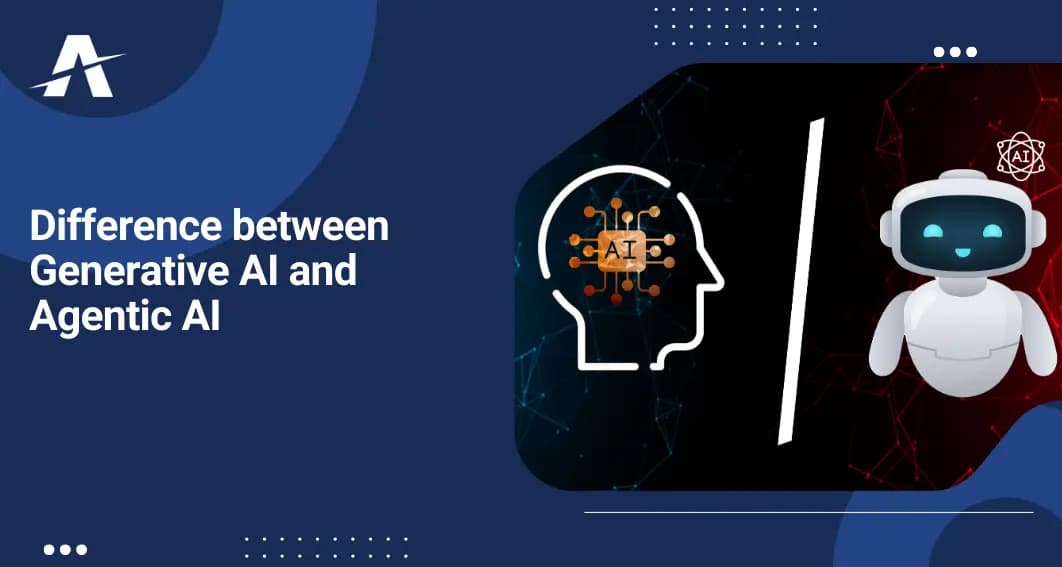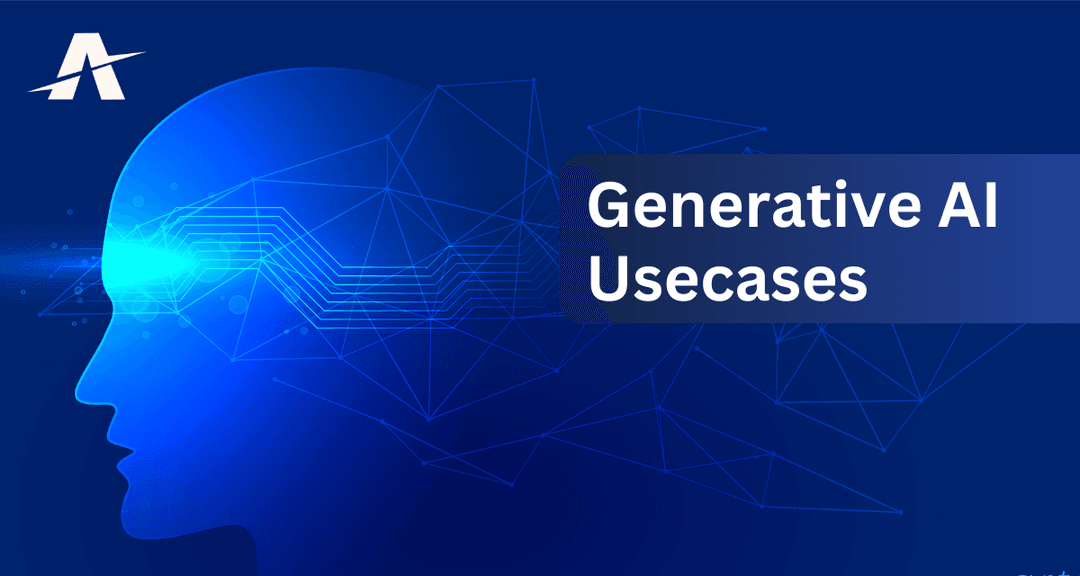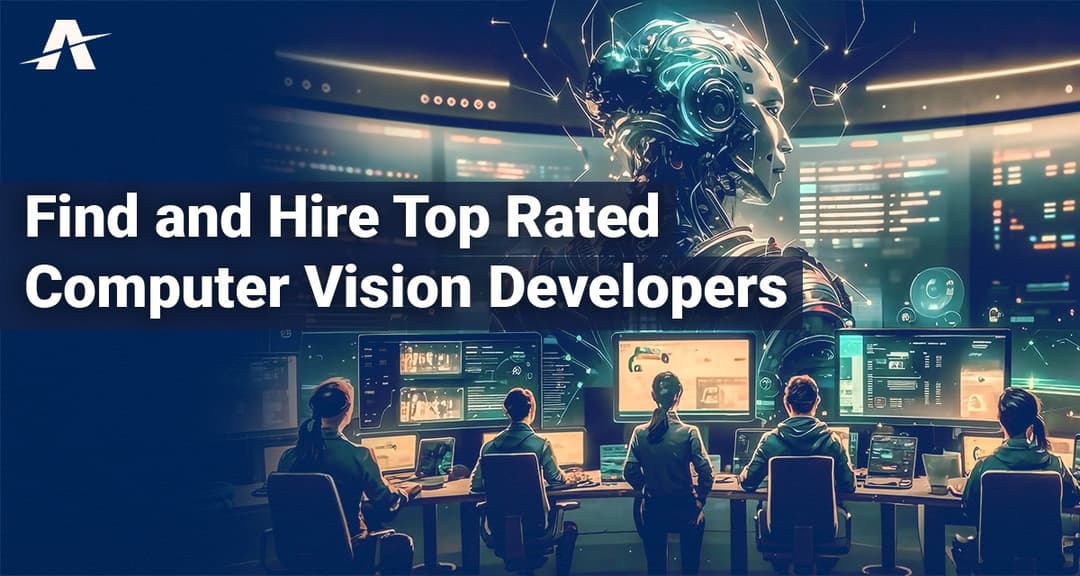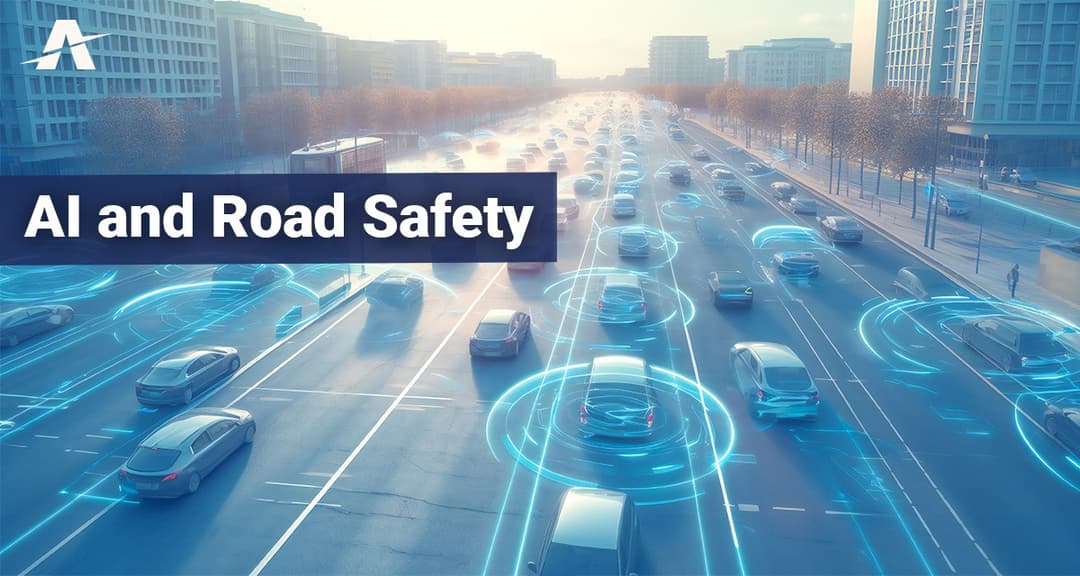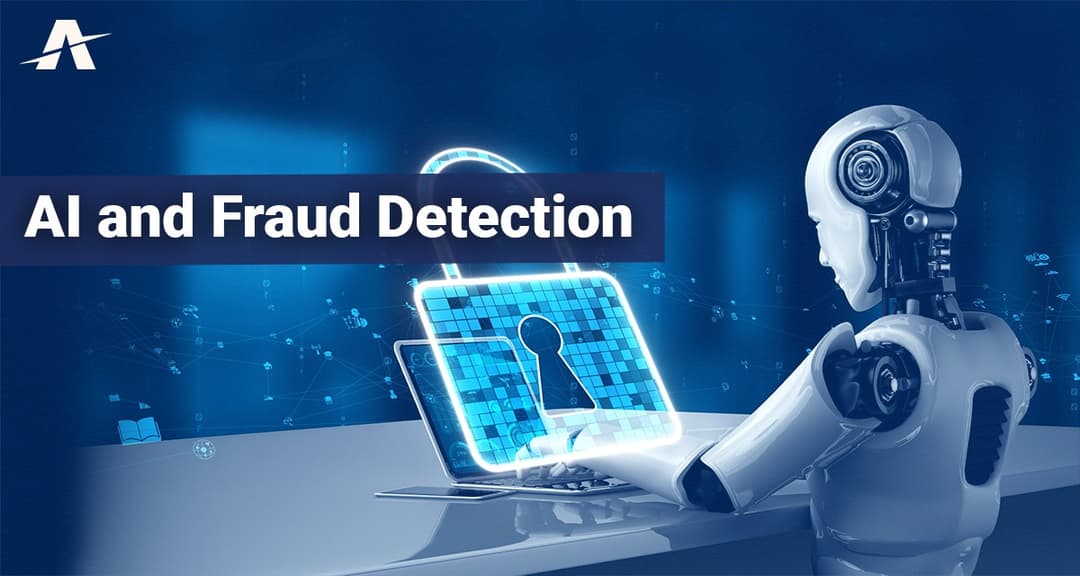Artificial Intelligence (AI) has advanced rapidly in the last decade, and two of the most talked-about technologies today are Generative AI and Agentic AI. While both are revolutionizing how we work, create, and interact with machines, they are often misunderstood or used interchangeably. In reality, these two AI paradigms are very different in scope, functionality, and application.
What is Generative AI?
Generative AI refers to artificial intelligence models designed to create new content based on existing data. It learns from massive datasets and produces original outputs, including text, images, audio, video, or even code.
For example:
- ChatGPT writing an article or email.
- MidJourney or DALL·E creating digital artwork.
- Synthesia generating video avatars.
Generative AI excels at content creation but does not act autonomously—it responds to prompts or queries from users.
Key Features of Generative AI:
- Creates original content (text, images, music, video).
- Works best with clear user prompts.
- Limited autonomy—it doesn’t act unless asked.
- Relies heavily on pre-trained data.
What is Agentic AI?
Agentic AI (also called AI agents) goes a step further. Instead of just generating content, Agentic AI can autonomously take actions, plan tasks, and interact with systems to achieve goals. It’s not limited to producing outputs; it can execute workflows, make decisions, and complete tasks on behalf of users.
For example:
- An AI agent that monitors customer emails, drafts replies, and sends them automatically.
- A travel AI agent that books flights, reserves hotels, and manages itineraries.
- A business AI agent that analyzes financial data and initiates purchase orders.
Key Features of Agentic AI:
- Autonomously executes actions and tasks.
- Uses planning, reasoning, and decision-making.
- Can integrate with other tools and software.
- Works continuously with minimal human intervention.
Key Differences Between Generative AI and Agentic AI
| Feature | Generative AI | Agentic AI |
|---|---|---|
| Core Purpose | Create content (text, image, video, etc.) | Act autonomously to achieve goals |
| Interaction Style | User-driven (responds to prompts) | Autonomous (can initiate tasks) |
| Scope | Content generation only | Task execution, reasoning, and decision-making |
| Examples | ChatGPT, MidJourney, DALL·E, Jasper AI | AutoGPT, BabyAGI, business AI agents |
| Autonomy Level | Low – requires input to function | High – can operate with minimal input |
| Business Use | Marketing, design, writing, coding | Operations automation, workflows, and customer support |
How Generative AI and Agentic AI Work Together
While different, these two technologies often complement each other. Imagine a Generative AI tool creates a marketing campaign draft, and then an Agentic AI agent publishes it across multiple platforms, tracks engagement, and generates performance reports.
This combination delivers both creativity (Generative AI) and execution (Agentic AI), making workflows more efficient and results more impactful.
Benefits of Generative AI
- Creativity at Scale – Produces endless content variations.
- Time Savings – Automates writing, design, or coding tasks.
- Cost-Effective – Reduces dependency on large creative teams.
- Personalization – Generates tailored content for different audiences.
Benefits of Agentic AI
- Autonomous Execution – Completes end-to-end tasks with minimal supervision.
- Efficiency Boost – Reduces manual effort in repetitive processes.
- Decision-Making – Uses AI reasoning to select the best actions.
- Business Automation – Improves workflows across finance, HR, sales, and customer support.
Use Cases of Generative AI
- Content Creation – Blogs, emails, ad copies.
- Design – Images, product mockups, logos.
- Education – Summarizing notes, creating study materials.
- Entertainment – Music, scripts, and storytelling.
Use Cases of Agentic AI
- Customer Service – AI agents handling support tickets and live calls.
- Finance – Automated invoicing, fraud detection, and report generation.
- E-commerce – Managing inventory, tracking orders, and optimizing pricing.
- Healthcare – Scheduling appointments, patient monitoring, and record management.
Why Understanding the Difference Matters
Many businesses confuse Generative AI with Agentic AI, but the difference lies in creation vs. action. Knowing when to use each technology ensures businesses maximize efficiency and innovation.
- Use Generative AI when you need content and creativity.
- Use Agentic AI when you need automation and task execution.
- Combine both for end-to-end intelligent workflows.
The Future of AI: From Generative to Agentic
Generative AI is already mainstream, powering tools across industries. Agentic AI, on the other hand, is emerging as the future, where AI doesn’t just suggest or create but takes initiative and executes tasks autonomously.
As businesses adopt AI more deeply, the future will likely combine both: Generative AI for ideation and Agentic AI for execution. This synergy will drive smarter, faster, and more personalized customer and business experiences.
The difference between Generative AI and Agentic AI lies in their core purpose: Generative AI creates, while Agentic AI acts. Together, they form a powerful combination that will shape the future of business automation, creativity, and customer engagement.
FAQs on Generative AI vs. Agentic AI
1. Is Agentic AI more powerful than Generative AI?
Not necessarily—it depends on the use case. Generative AI is better for creating content, while Agentic AI is better for executing tasks.
2. Can Generative AI become Agentic AI?
Yes, when combined with planning, reasoning, and decision-making layers, Generative AI models can be part of an Agentic AI system.
3. What industries benefit most from Agentic AI?
Industries with repetitive workflows such as finance, healthcare, logistics, and customer service benefit the most from Agentic AI.
4. Do Generative AI and Agentic AI require different tools?
Yes. Generative AI tools like ChatGPT, Jasper, and MidJourney focus on creation, while Agentic AI platforms like AutoGPT or AI agents focus on automation.
5. Will Agentic AI replace human workers?
Agentic AI will automate repetitive tasks, but humans will remain essential for complex decision-making, creativity, and oversight.
